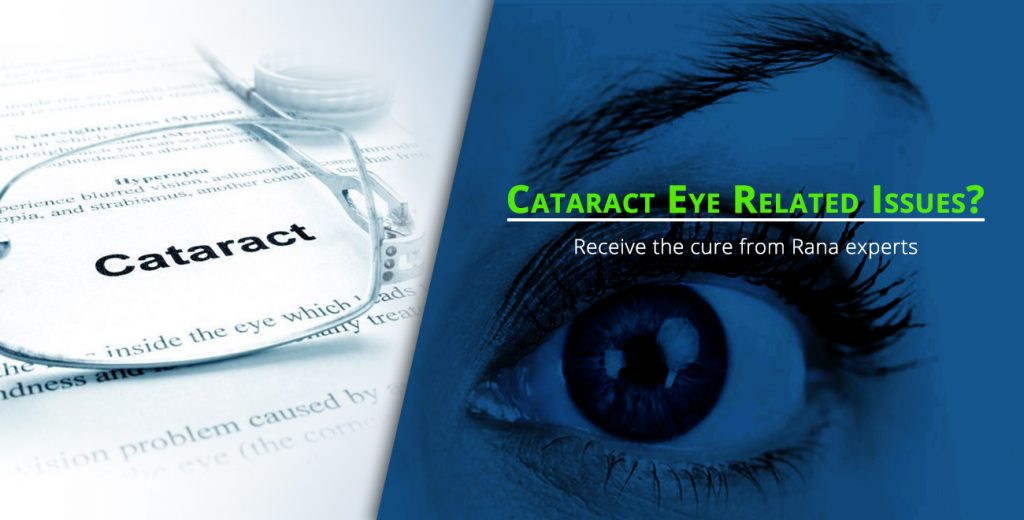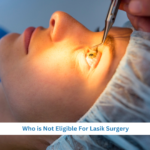Cataract Eye Disorder & What the young need to know
Cataract is one of the commonest eye disorders in aging males and females, but it can also attack those aged below the age of 50. According to eye specialists, the disorder has a high potential for causing blindness.
Cataract is described by the following
Cloudiness
Loss of transparency of the natural crystalline lens
The lens is a vital part of the eye that helps in focusing images on the retina thereby facilitating vision. In case of cataract, there will be dimness of vision that will gradually increase in case no treatment is taken.
The latest technological advancement in the eye treatment sector presents Femto laser assisted cataract surgery, a technique that can help in reducing the effects of cataract since there is no definite treatment for it.
The removal of the cataractous lens and replacing it with an intraocular lens implant is the only possible cataract treatment for severe cataract.
What must the young Know?
Regular movements during the summer have a great negative impact on your eyes and the UV rays may affect your vision gradually causing significant damage to the lens, retina and the optic nerve. Having annual checkups is a good idea for maintaining the health of your eyes than treating the eyes. Eye drops and sunglasses should be part of you to protect your eyes.
Treatment for Cataract & all about the modern surgeries
The eye specialist at the leading LASIK Eye Centre in India emphasizes that cataracts can be treated by removal or without removal. The early stages of cataract can be treated by upgrading spectacles and the surgery must be an option in case you face difficulties in performing your daily activities, but you shouldn’t delay with either treatment.
The cataract surgery is performed under local anesthesia and it is completely an outpatient procedure. The procedure involves the process of Phacoemulsification. A tiny incision will be made on the outer layer of the eye, on the cornea or near the cornea. A thin ultrasound probe is inserted into the eye and the lens is broken down into pieces which are sucked out through the probe.
An artificial lens will then be replaced in the thin capsular bag that the cataract previously occupied. There are different types of intraocular lenses that can be implanted after the surgery and they include;
Monofocal lens
Toric lens
Multifocal lens with stronger vision power.
With the Femto laser and live OCT guided imaging, a surgeon is able to perform complicated cataract procedures with precision. There is no need for a blade during the surgery and it is believed to provide high efficacy, but it is extremely expensive.
The advanced procedures are completely safe and can restore one’s vision, but there are possible side effects and complications that a patient must be aware of;
Increased pressure in the eyes
Swelling of the retina
Inflammation
Infection
Retinal detachment
Re-surgery are some of the possible occurrences after the cataract surgery
A patient should avoid splashing water into the eyes after the surgery and it is best that you protect your eyes from debris or dust that can affect the recovery process.






No Comments